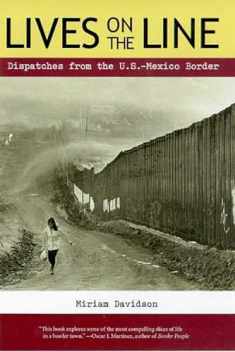
Riding Pretty: Rodeo Royalty in the American West (Women in the West)
Book details
Summary
Description
When the town of Pendleton, Oregon, held its first large-scale rodeo, it introduced a new kind of rodeo queen—not a traveling cowgirl performer but a young, middle-class woman from its own town. Riding Pretty examines the history, evolution, and significance of the community-sponsored rodeo queen, from the introduction of this new phenomenon at the 1910 Pendleton Round-Up to the advent of Miss Rodeo America in 1956, and places the main theme—connection of queens to community—within the context of the evolution of rodeo as a spectator sport and the changing concepts of gender relations in the American West.
The model for community-sponsored rodeo queens that originated in Pendleton gradually spread to other rodeos throughout the West, giving young women the opportunity to participate both in rodeo and in their communities. From 1910 to 1956, the community-sponsored rodeo queen’s role expanded, both in terms of her responsibilities and in terms of the community she represented, local, regional, and national. While each community adapted the rodeo queen phenomenon to suit the characteristics of its own celebration, the main characteristics of the role remained: the rodeo queen as a symbol of the local rodeo and as a metaphor for western women.


We would LOVE it if you could help us and other readers by reviewing the book
Book review




